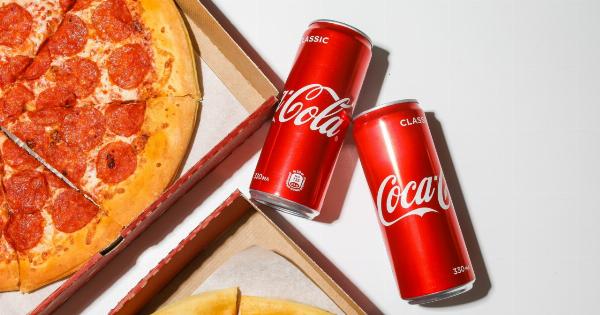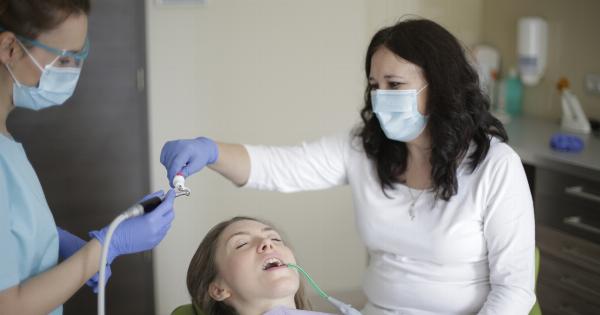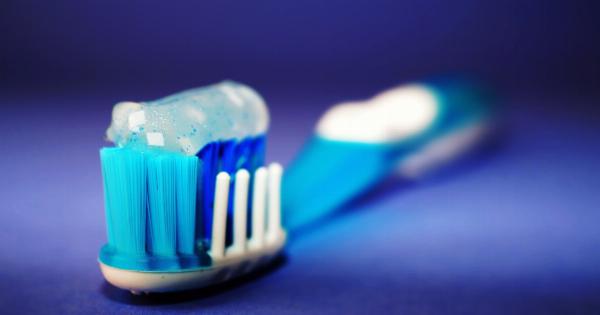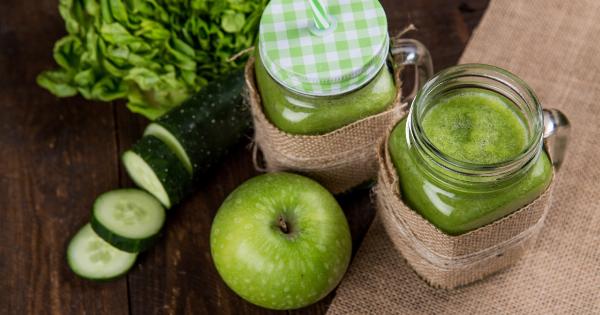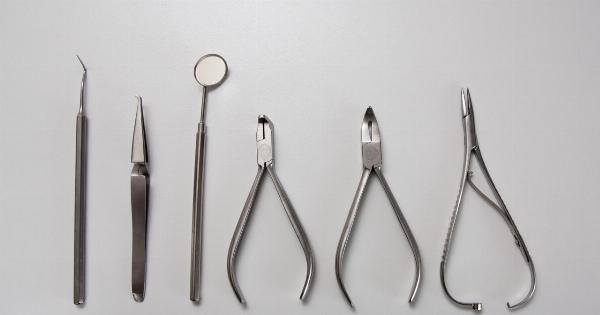Having white stains on your teeth can be quite alarming, especially if they are highly visible and affect your smile. These stains not only can impact your self-confidence but may also indicate underlying oral health issues.
Understanding what these white stains are telling you is crucial in determining the appropriate treatment and preventive measures. In this article, we will explore the various causes of white stains on teeth, potential treatment options, and how you can prevent them from occurring in the first place.
Causes of White Stains on Teeth
1. Dental Fluorosis.
Dental fluorosis is a condition characterized by the excessive intake of fluoride during tooth development, leading to white or brownish stains on the enamel.
This commonly occurs in children who consume high levels of fluoride, often from sources such as fluoridated water or toothpaste. While dental fluorosis does not typically cause any significant health problems, the stains can be aesthetically displeasing.
2. Enamel Hypoplasia.
Enamel hypoplasia refers to the underdevelopment of tooth enamel, which can result in white spots or lines on the teeth.
This condition may be caused by various factors, including malnutrition, trauma to the teeth, certain medications during tooth development, or inherited genetic conditions. Enamel hypoplasia not only affects the appearance of teeth but can also make them more prone to tooth decay and sensitivity.
3. Dental Erosion.
Dental erosion occurs when the enamel of your teeth wears away due to exposure to acids. Acidic foods and drinks, such as citrus fruits, soda, and carbonated beverages, can erode the enamel over time, causing white spots on the teeth.
Other factors contributing to dental erosion include gastroesophageal reflux disease (GERD), bulimia, and excessive consumption of alcohol.
4. Dental Caries.
Tooth decay, also known as dental caries, can lead to the formation of white spots on the teeth. In the early stages of decay, white or chalky areas may appear as minerals are lost from the enamel.
Without intervention, these white spots can progress to cavities and cause further damage. Maintaining proper oral hygiene and regular dental check-ups are essential for preventing and treating dental caries.
5. Medications and Medical Conditions.
Some medications, such as antibiotics like tetracycline, can cause tooth discoloration, including white stains. Certain medical conditions, such as chronic kidney disease, can also contribute to the development of white spots on the teeth.
If you suspect your medication or underlying health condition is causing the stains, consult your healthcare provider for further evaluation and advice.
Treatment Options for White Stains on Teeth
1. Teeth Whitening.
If the white stains are superficial and do not penetrate deep into the enamel, professional teeth whitening procedures can help diminish their appearance.
Teeth whitening may involve the use of bleaching agents that break down and remove the stains, restoring a brighter and more uniform color to the teeth.
2. Microabrasion.
Microabrasion is a dental technique that involves the gentle removal of a small layer of enamel using a combination of acid and pumice. This procedure can effectively eliminate white stains and improve the overall appearance of your teeth.
However, it is essential to consult with your dentist to determine if microabrasion is suitable for your specific case.
3. Dental Bonding.
In cases where the white stains are more severe and do not respond to conventional treatments, dental bonding may be recommended.
Dental bonding involves applying a tooth-colored resin material to the affected teeth, concealing the stains and providing a more natural appearance.
4. Veneers.
Veneers are thin, custom-made porcelain shells that are bonded to the front surface of the teeth. They can effectively cover white stains and other dental imperfections, providing a long-lasting solution for achieving a beautiful smile.
Prevention of White Stains on Teeth
1. Maintain Good Oral Hygiene.
Brush your teeth at least twice a day with a fluoride toothpaste and use dental floss or interdental brushes to clean between the teeth. Proper oral hygiene helps remove plaque and prevent the formation of white stains and dental caries.
2. Limit Acidic Foods and Drinks.
Avoid or reduce the consumption of acidic foods and beverages, such as citrus fruits, sodas, and energy drinks. If you do consume them, rinse your mouth with water afterward to minimize the acid’s effects on your teeth.
3. Moderation is Key.
While certain medications or medical conditions may cause white stains, follow your healthcare provider’s recommendations and never exceed prescribed dosages. Moderation is crucial to avoid potential side effects, including dental discoloration.
4. Regular Dental Check-ups.
Visit your dentist regularly for oral examinations and professional cleanings. Dental professionals can identify any early signs of dental problems, including white stains, and recommend appropriate treatments or preventive measures.
5. Fluoride Varnish.
Applying fluoride varnish to your teeth can help strengthen the enamel and protect against tooth decay and white stains. Your dentist can apply this protective coating during your routine dental visits.
Conclusion
White stains on teeth can be more than just a cosmetic concern. They often indicate underlying oral health issues such as dental fluorosis, enamel hypoplasia, dental erosion, dental caries, or medications and medical conditions.
Treating and preventing these white stains require a comprehensive approach involving professional dental treatments, maintaining good oral hygiene, and making lifestyle modifications. By taking proactive steps, you can preserve the health and appearance of your teeth, ensuring a confident and radiant smile for years to come.


